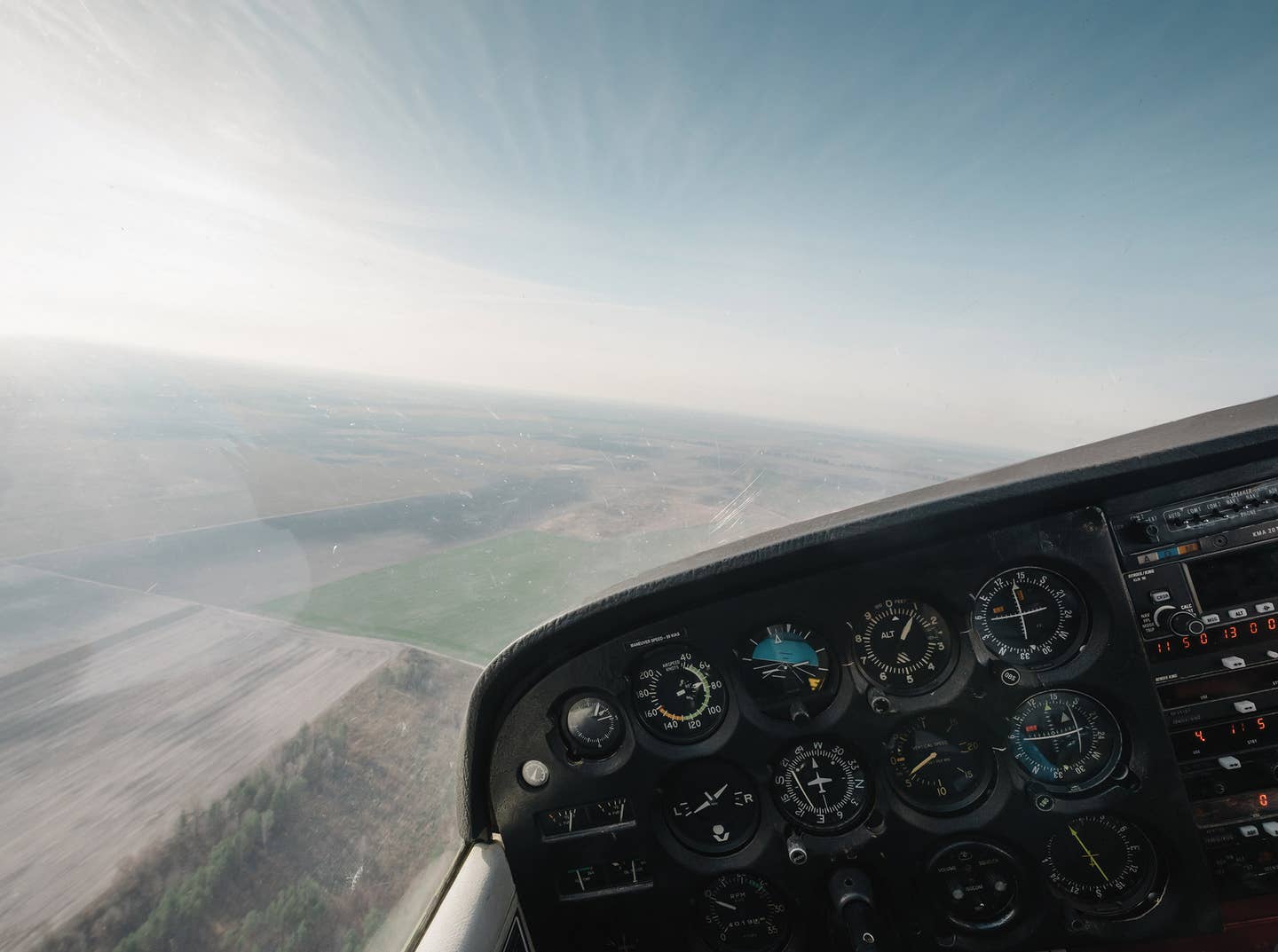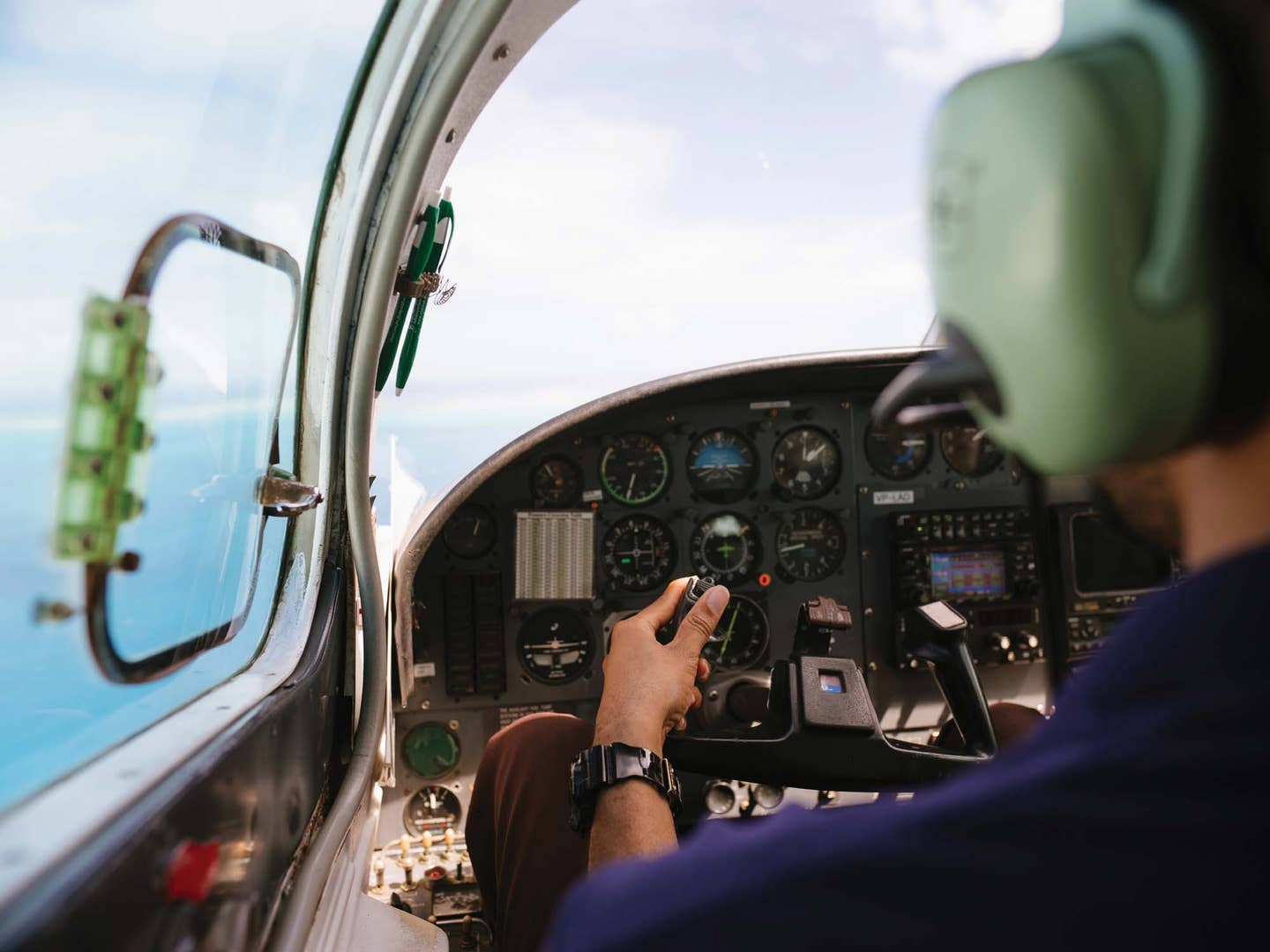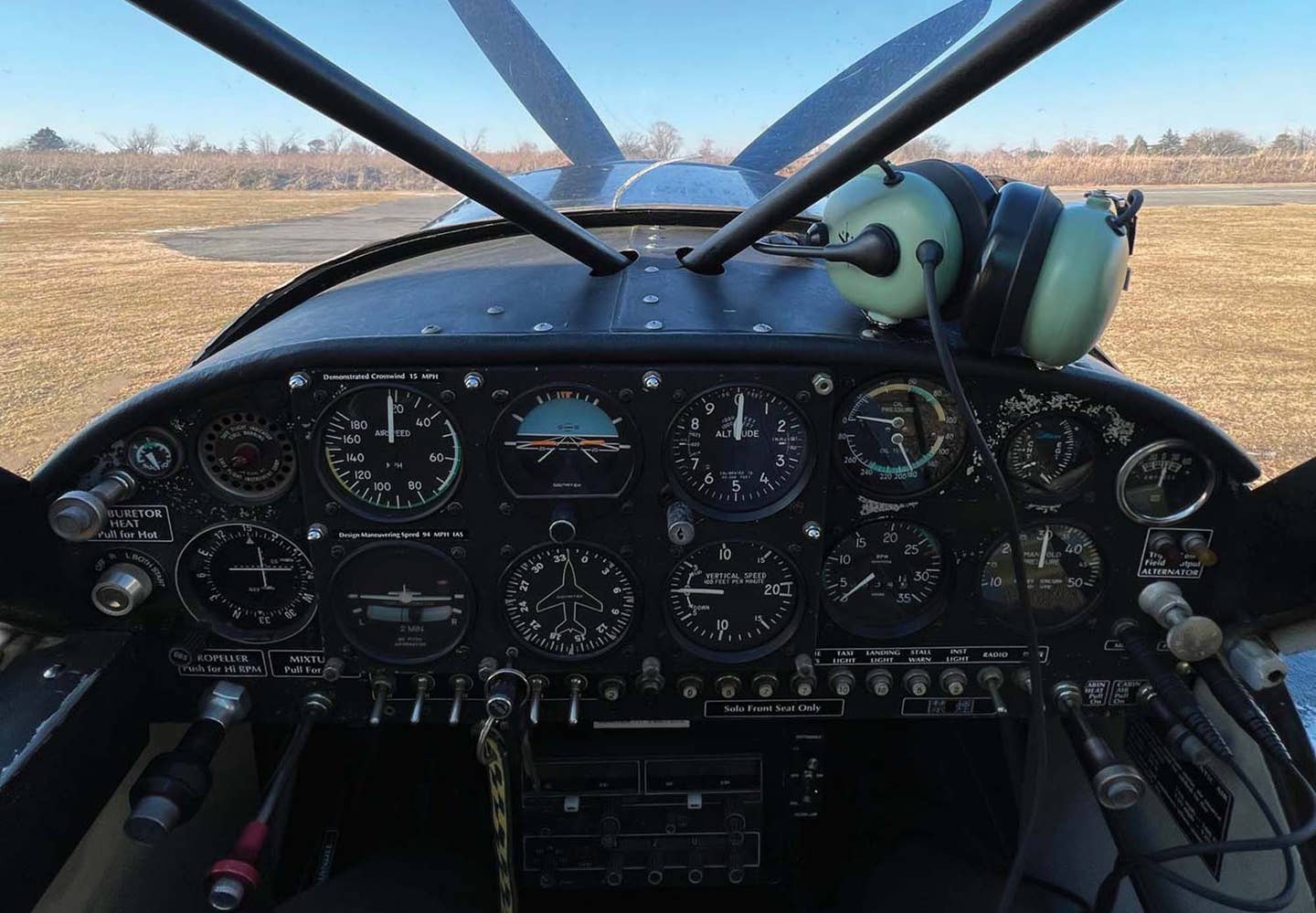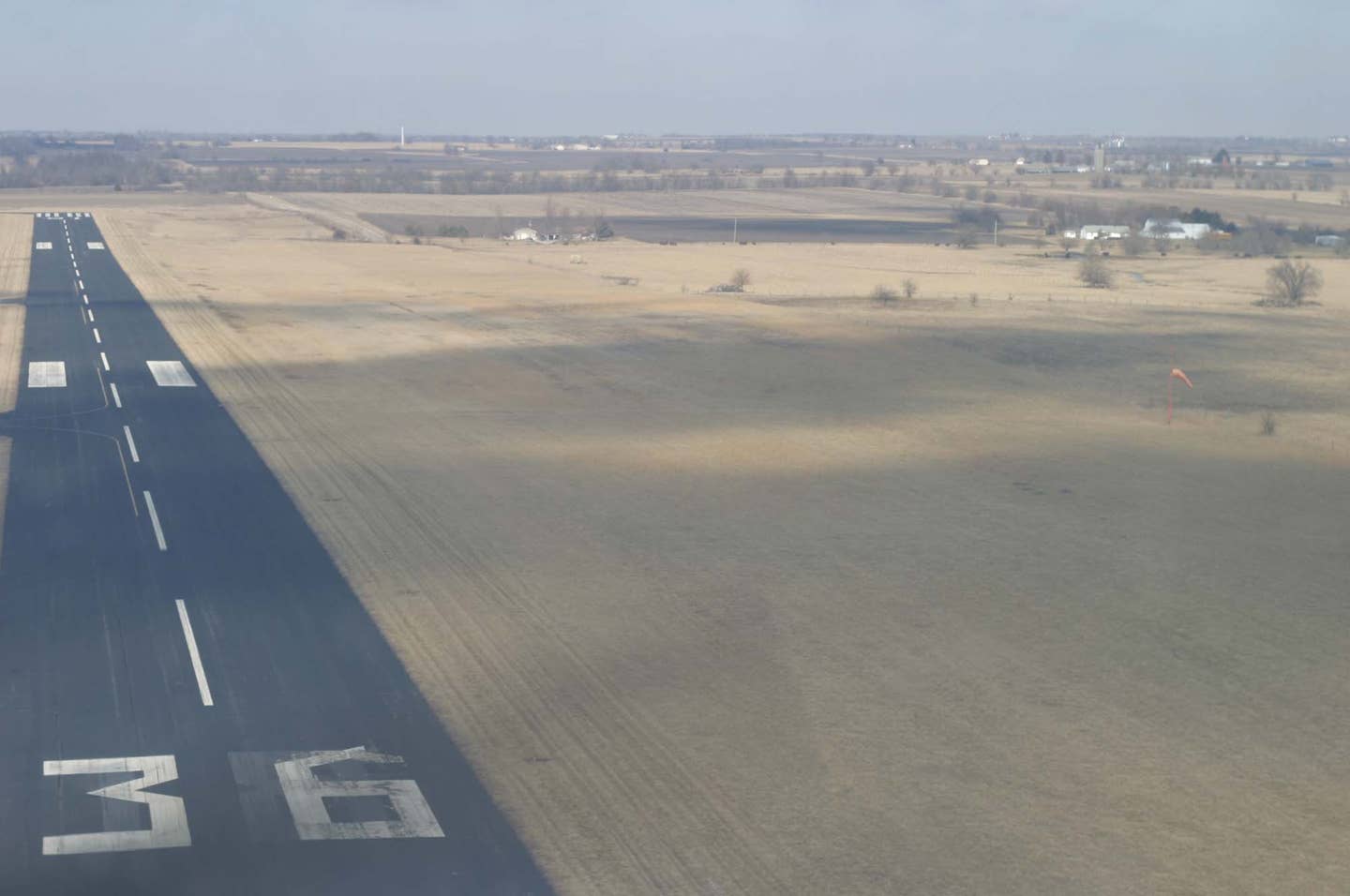Piloting Fantasy Island
Plane & Pilot’s theme is simple—the title says it all. Airplanes and pilots interacting with one another in harmony. Just the other day, I was flying for my real-life company…
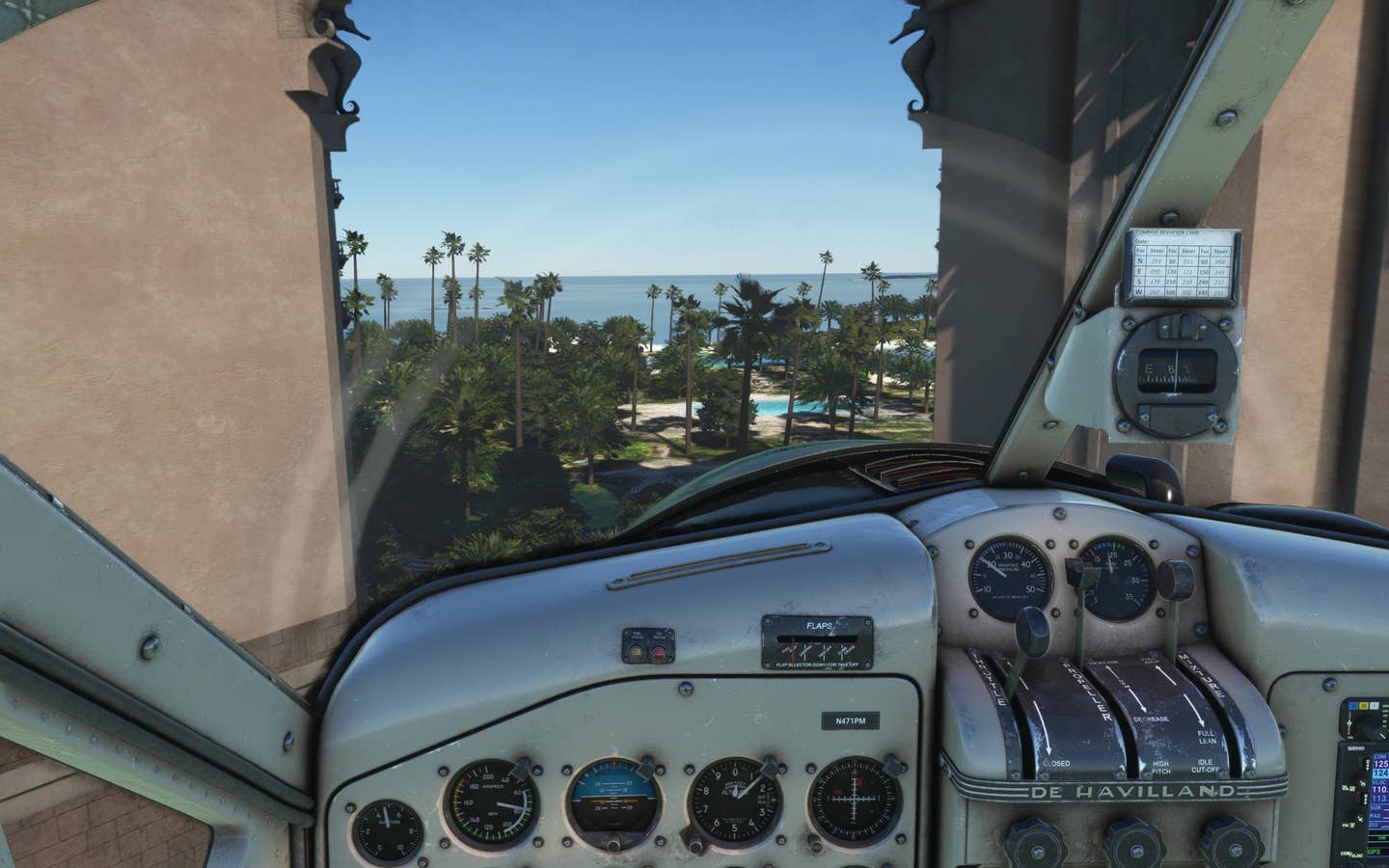
[screenshot courtesy Peter James]
Plane & Pilot’s theme is simple—the title says it all. Airplanes and pilots interacting with one another in harmony. Just the other day, I was flying for my real-life company down into the Miami-Opa Locka Executive Airport (KOPF) and came across a real-life ICON A5. I had never seen one before, and suddenly there it was in front of me. A Microsoft Flight Simulator 2020 airplane in the flesh!
I never was fond of the idea of the flagship “new” sim of August 2020 featuring an airplane that looked and felt like a car and was even simpler than a car on the inside. I guess I felt it was too “toy-like,” whatever that means, as we all use that term more often than not. Now that I was inspired by seeing one, I had to use it as a prop for my article, which not coincidentally corresponds with the latest sim update that was released by Microsoft the week of January 25, featuring newly enhanced Caribbean and Atlantica sceneries.
The ICON A5 has been around a while but certainly looks futuristic. Perhaps tainted by a well-known fatal accident being caused by a former sports star, MLB pitcher Roy Halladay, doing stunts on a lake and getting himself killed in 2017, this aircraft sits in my brain as something that is, once again, not the best choice for “flying doctors, or ultra-rich sports personalities with more money than brains.” Yet it looks like a playful, fun, fast, and wild ride.
I took the ICON out for a tour in the newly enhanced default Bahamas and Caribbean scenery regions. This area was recently retouched with more graphical accuracy and visual quality of objects, landmarks, and more, bringing the entire Atlantic tropical areas up to the level of quality of most other locations worldwide. I started at Nassau International Airport (MYNN) at the GA ramp I have frequented many times in the jet I fly. But almost immediately after the speedy takeoff, I got the gear up and lowered the water rudder (a key command) for water landing. I plunked down near the lighthouse to begin my tour.
After the fun touchdown with splash sounds and wake effects, I was eager to use the amphibious vehicle option. I lowered the gear and made my way to the shore, slowly climbing up on the thick sand, with tons of power to keep moving. I was so loud—this really is not a way to sneak onto a beach! I was able to rove around by the lighthouse and have a lot of fun, being careful not to be reckless or a hazard to anyone out there. Once I had enough fun, I took back into the water.
Now, it was off to get close to a resort I know well. After some 20 years flying jets in a Part 135 business, I have spent many long weekends at the Atlantis Paradise Island Bahmas Resort. The newly updated visual quality was stunningly accurate. Passing over the resort at high speed was exhilarating, and low speed was satisfyingly epic as well, taking in all the areas I walked, jogged, and swam on many layovers as a 135 captain.
I was able to land in the shallow riverways, motor around, and not get stuck too badly. Sometimes the scenery objects can create some type of invisible box, where you may get stuck and unable to proceed. But for the most part, I could move about without issues, taking in the sights and scenes I have been exposed to so many times. This really is a tiny airplane, as I could squeeze in between the landscaping, palm trees, and bushes without too many problems.
Being able to visit real-life locations that I have often been to before or planned in the future is one of the greatest benefits of having a flight sim. It’s so easy now with the high-fidelity, worldwide photorealistic scenery that Asobo Studio has provided with its continual updates to the sim since release in 2020. Areas that were slightly lacking in definition, although still recognizable, are now really popping with details due to the service update released in January. Continuing onward to explore the area from a few hundred feet, I wanted to see the container port and cruise terminals from the air.
Before ever going to Atlantis, myself and other flight crew stayed at the British Colonial Hilton in downtown Nassau. A little small beach and pool area provided some great cruise ship gazing as they would turn 180 degrees slowly around to either back in or out of the slip. I was in awe watching such big machines do their thing. If unable to watch a Boeing 747 or jumbo jet up close, I’m more than happy to watch huge cruise ships in action.
Having spent many times walking the yacht district at Atlantis, I really enjoyed landing there and motoring around.
Having spent many times walking the yacht district at Atlantis, I really enjoyed landing there and motoring around. Everything seemed perfectly to scale and size. It’s equally beautiful at night with many yachts and slips being illuminated below the water line and colorful beams of mood lighting. Too many photo ops to fit into only a couple of pages.
I can only think of the Harrison Ford movie, Six Days, Seven Nights, when seeing the Beaver. I know Ford owns one, and maybe he’s a reader of Plane & Pilot too! If so, this part is dedicated to him. The default Beaver is a joy to fly, with the funny overhead throttles and prop controls. It’s pretty powerful and has a lot more umph than I was expecting, with a good climb rate and a fast cruise at over 130 mph. Unique sound effects like the pump flaps, panel rattling, and more are provided.
The sound of radials winding up, popping, belching, and smoking is all included in this MSFS version of the Grumman Goose with fabulously rendered graphics to boot. Now I’ll confess I know nothing about this airplane other than my late dad always wanted one, and he had built a plastic model when I was a kid. With 747s on the brain, I never showed an interest in such relics, as did he, until reaching his age. I hate the expressions “real airplane” or “real pilot’s plane,” but that kind of seems fitting with this big and heavy machine of both land and sea.
This is another amphibious vehicle that can pretty much go anywhere. Designed for docks primarily, I didn’t try to take the big flying boat on and off the beaches but certainly had fun with runway takeoffs at Cyril E. King Airport (TIST), followed by immediate landings in the harbor, where I have been in real life and seen many float operations come and go. They use a variety of aircraft like de Havilland Turbo Beavers or Twin Otters on floats to dive over the hills.
There are just too many options with a huge variety of general aviation equipment now part of MSFS2020. Since I am one of those jack-of-all-trades and expert of none types when it comes to all these aircraft available, I have to assume the flight models are pretty good. Asobo Studio is doing a lot for all the default GA aircraft to bring them up to snuff, and third-party developers are really upping the ante. When purchasing an add-on aircraft at websites like Big Radials or A2A Simulations, you’ll be getting the best.
In some cases, you must maintain, treat well, and perform regular maintenance on the aircraft, keeping the harmony between plane and pilot alive in your virtual flying world. Enjoy the realism!
Editor’s Note: This story originally appeared in the MARCH 2024 issue of Plane & Pilot magazine.

Subscribe to Our Newsletter
Get the latest Plane & Pilot Magazine stories delivered directly to your inbox

